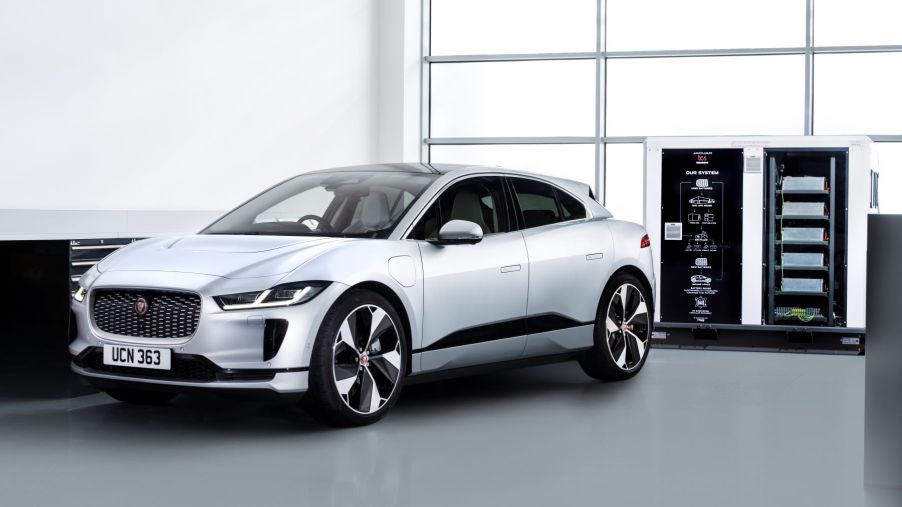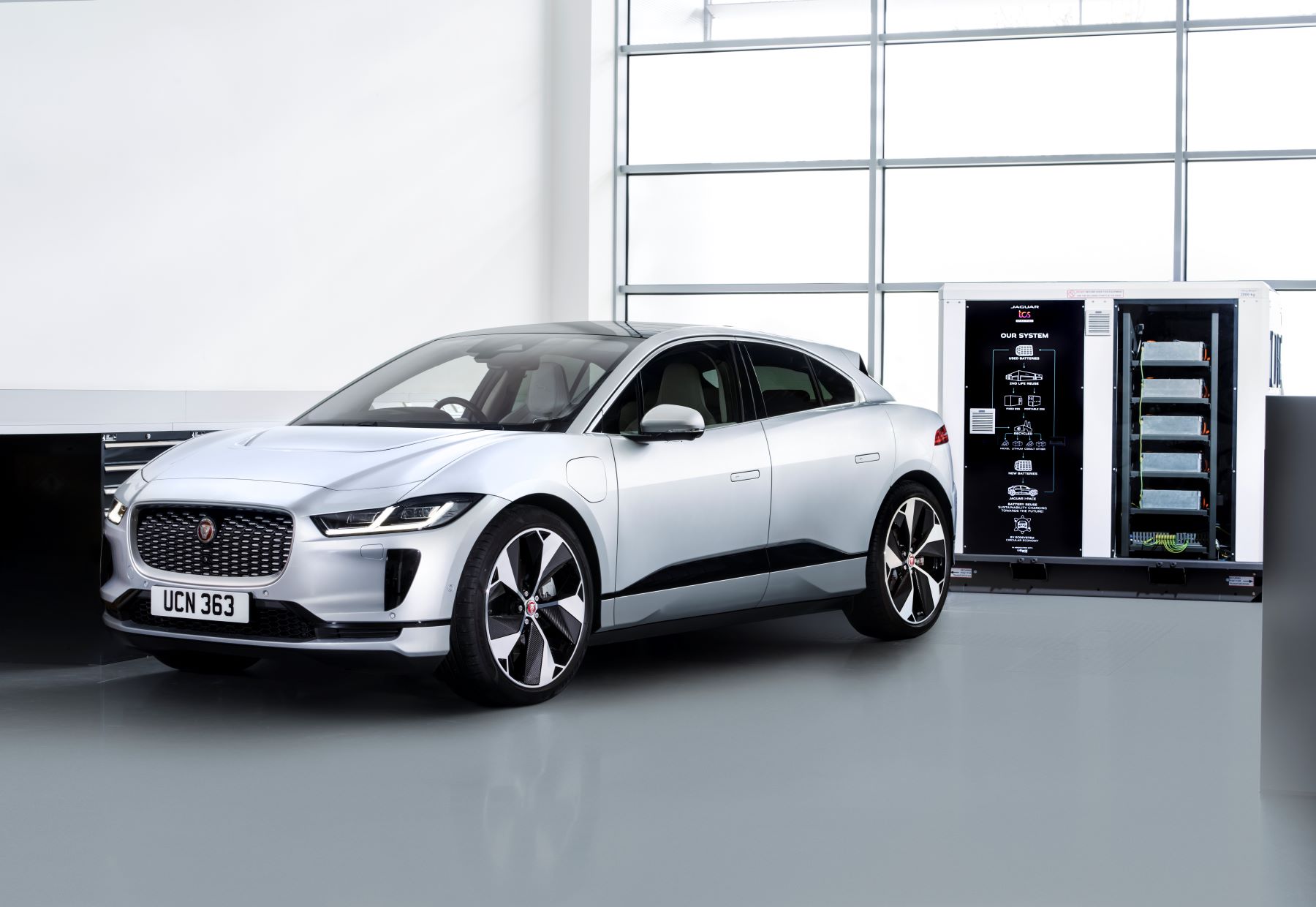
3 Reasons to Buy a 2022 Jaguar I-Pace, Not a Genesis GV60
At some point in the not-so-distant past, there was only one style of EV to choose from. These days, there are increasingly more options as the EV industry begins to take off. Among luxury EVs, Tesla is no longer the only option. Automakers such as Jaguar are joining the EV revolution.
The 2022 Jaguar I-Pace stands out among luxury EVs, and one of its competitors is the Genesis GV60. Genesis is the luxury division of Hyundai, and the GV60 is its first EV offering to the market. So, how does the I-Pace measure up? Here are three reasons to buy the I-Pace instead of the GV60.
1. The Jaguar I-Pace has a better battery capacity

One of the most essential features of an EV is its battery capacity. According to Edmunds, the Jaguar I-Pace has a battery capacity of 90 kWh. Thanks in part to this larger battery, the I-Pace base model can generate 394 horsepower and 512 lb-ft of torque. Additionally, it also has a combined 76 MPGe and 234 miles of range.
The Genesis GV60, on the other hand, has a 77.4 kWh battery capacity. Still, the GV60 Advanced model will reach 248 miles of driving range, while the Performance model carries an estimated range of 235 miles.
2. The I-Pace has more standard horsepower and torque
Jaguars are synonymous with performance. The Jaguar I-Pace outperforms the Genesis GV60 on the road with a combination of dual motors and a larger battery. The Jaguar I-Pace comes in four trims: the S, SE, HSE, and First Edition. All trim levels come with the 90-kWh battery and two electric motors capable of a combined 392 hp and 512 lb-ft of torque. According to Edmunds, the I-Pace will go from 0 to 60 mph in 4.5 seconds.
However, the GV60 doesn’t offer the same power. According to Car and Driver, the GV60 has less power, only putting out 314 hp and 516 lb-ft of torque for the base model. However, the Performance model does have a Boost feature that, when engaged, will allow you to go from 0 to 60 mph in just 3.4 seconds.
Additionally, the more expensive GV60 Performance trim has 429 horsepower and 445 lb-ft of torque. When the Performance model’s Boost driving mode is activated, the 429 hp can be momentarily increased to 483 hp.
3. The Jaguar I-Pace has more max cargo space
The Jaguar I-Pace has more maximum cargo space with 55.1 cubic feet. The cargo capacity with all the seats in place is 23.2 cubic feet. In addition to better cargo space, the I-Pace also has comfortable passenger seating. The I-Pace seats five and comes standard with leather seats, a leather-wrapped steering wheel, and 16-way power-adjustable heated and ventilated sports seats in the front.
On the other hand, the Genesis GV60 has slightly less cargo space at 54.7 cubic feet. Additionally, the GV60 doesn’t have the “frunk” under the front hood, as the I-Pace and other EVs do, only a very small space for storage.
The GV60 has seating for five, but it also offers environmentally friendly leather created by combining polyurethane-based synthetic leather with bio-extracts from grains like corn. Genesis also uses recycled plastic for features such as the pillar, headliner, and door trim.
Although there are some differences between the I-Pace and the GV60, both are considered luxury EVs and each has its merits. Since the I-Pace and the GV60 are both first efforts in the EV market for both car companies, subsequent models will undoubtedly come with better features in years to come.


